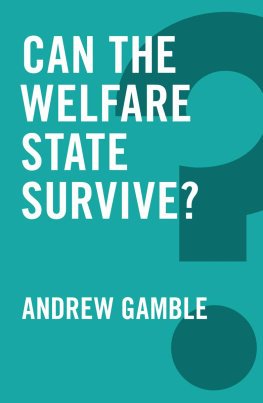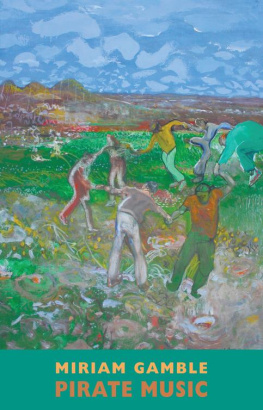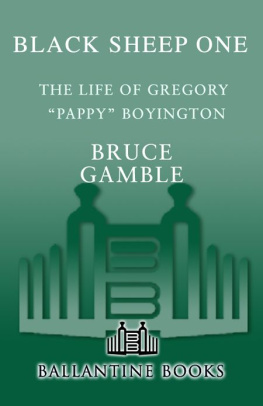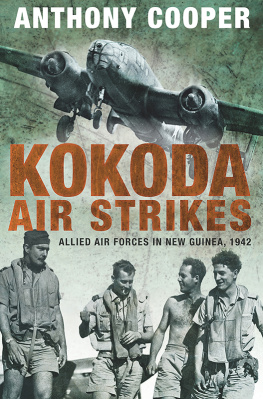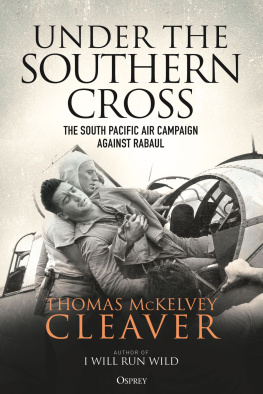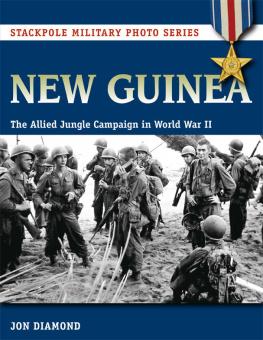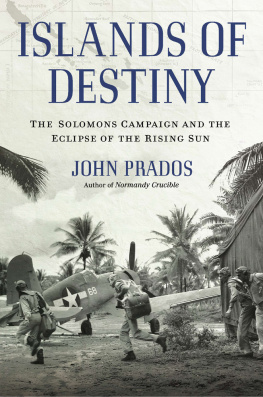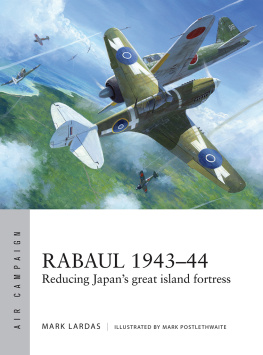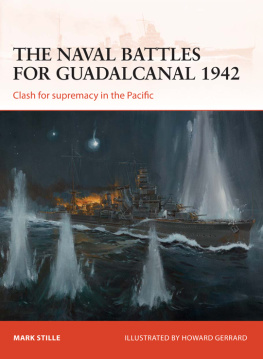Fortress
Rabaul

The Battle for
the Southwest Pacific
January 1942April 1943
Bruce Gamble

First published in 2010 by Zenith Press, an imprint of MBI Publishing Company, 400 First Avenue North, Suite 300, Minneapolis, MN 55401 USA
Copyright 2010 by Bruce Gamble Hardcover edition published in 2010. Digital edition 2010.
All rights reserved. With the exception of quoting brief passages for the purposes of review, no part of this publication may be reproduced without prior written permission from the Publisher. The information in this book is true and complete to the best of our knowledge.
Zenith Press titles are also available at discounts in bulk quantity for industrial or sales-promotional use. For details write to Special Sales Manager at MBI Publishing Company, 400 First Avenue North, Suite 300, Minneapolis, MN 55401 USA.
To find out more about our books, join us online at www.zenithpress.com .
Digital edtion: 978-1-61060-071-2
Hardcover edition: 978-0-7603-2350-2
Library of Congress Cataloging-in-Publication Data
Gamble, Bruce.
Fortress Rabaul : the battle for the Southwest Pacific, January 1942-April 1943 / Bruce Gamble.
p. cm.
Includes bibliographical references and index.
ISBN 978-0-7603-2350-2 (hbk. w/jkt)
1. World War, 1939-1945--Campaigns--Papua New Guinea--Rabaul. 2. World War, 1939-1945--Aerial operations, Japanese. 3. World War, 1939-1945--Aerial operations, American. 4. Rabaul (Papua New Guinea)--History, Military--20th century. 5. Air pilots, Military--United States--Biography. 6. Medal of Honor-Biography. I. Title.
D767.99.N444G36 2010
940.5426585--dc22
2009042353
On the cover: A U.S. Army 5th Air Force raid on the Japanese-held air and naval base
at Rabaul, New Britain. AP Photo
Maps by: Bruce Gamble
Design Manager: Brenda C. Canales
Layout by: Diana Boger
Cover designed by: Simon Larkin
Printed in the United States of America
To my aunt and uncle:
Margaret Gamble Steinbinder (19182009)
Physical therapist, Walter Reed Army Hospital
John J. Steinbinder (19182002)
Captain, USAAF, forty-three combat missions
in the Southwest Pacific
Contents
Preface
FOR WELL OVER FORTY YEARS Ive been proud of the fact that my uncle, John J. Steinbinder, served as a B-17 navigator in the Southwest Pacific. Sadly, I learned little about his combat experiences during my youth, and by the time I became seriously interested in researching and writing about the war, he had been diagnosed with Alzheimers.
The disease inevitably claimed Uncle Johnny, but there was a silver lining. Not long before his passing, I took temporary possession of a large footlocker that contained his military papers and memorabilia. Among them was a diary filled with details of Johnnys overseas tour in 1942, and I was fascinated to discover that he was a member of the first American squadron to attack Rabaul. By the completion of his ten-month tour, Johnny had logged at least nineteen combat missions over Japans mightiest stronghold.
My personal interest in Rabaul, aside from the stories Uncle Johnny shared, began while writing The Black Sheep. The way the veteran pilots spoke of Rabaul, even sixty years after the war, made me realize that it was no mere target. In early 2001, I had the pleasure of conducting a lengthy interview with Capt. William F. Krantz, USN, whose carrier-based bomber was forced down at sea after attacking Rabaul in 1943. Krantz and his two crewmen spent ten harrowing days in a raft before washing up on New Britain, where Rabaul is located. Although the island was in Japanese hands, the three airmen were aided by natives who guided them to an Australian coastwatcher. Three months later, the Americans were rescued by a PT boat.
Krantz in turn put me in touch with the coastwatcher, Peter Figgis, who had been a member of the Australian army garrison at Rabaul when the war began. After sharing his own remarkable story, Figgis referred me to other veterans of the unit, known as Lark Force. The ripple effect continued, and soon I was hooked on the early history of Rabaul and the tragic fate of the garrison. The end result was Darkest Hour: The True Story of Lark Force at RabaulAustralias Worst Military Disaster of World War II, published by Zenith Press in 2006.
While working on that project, I realized that no one had yet published a comprehensive account of the air war over Rabaul. This is really remarkable, since Rabaul was the focus of Allied air attacks from January 1942 until the end of the war, making it the longest battle of World War II. A virtually impregnable fortress, Rabaul grew in notoriety until it became an icon of the Pacific war. Always dangerous, the stronghold rivaled the most infamous targets in Europeplaces like Ploesti, Schweinfurt, and Berlin. No less than six Medals of Honor were awarded to American airmen for actions over Rabaul, five of them posthumously, underscoring the intensity of the air battles.
Soon after Darkest Hour was released, I set out to write a detailed narrative about Rabaul and the wars longest air campaign. I firmly believe that extraordinary events are best told by the people who experienced them, so from the outset of this project my goal was to include material from numerous participants to help explain events from both the Japanese and Allied perspectives. In doing this, however, it became apparent that a comprehensive account of the entire forty-four-month-long air war would simply be too large for publication as a single volume. A manageable approach for the topic was easy to establish, for there were two distinct phases in the Pacific War. The first, which lasted about seventeen months, began with the massive Southern Offensive as Japan captured numerous territories. Among them was Rabaul, which the Japanese quickly developed into a major military complex that dominated the region. Fortress Rabaul focuses on that opening phase of the conflict, when Rabaul served as a springboard for several new offensives. It begins with a brief history of New Britain and a synopsis of the Lark Force story, and then focuses on the air war over Rabaul from January 1942 to April 1943. At that time, having suffered irreplaceable losses in the battles for Guadalcanal and New Guinea, Admiral IsorokuYamamoto shifted his headquarters to Rabaul to oversee a major new aerial offensive. Barely two weeks later, he was shot down during an audacious and perfectly timed fighter mission. His death heralded the beginning of the end for Japan, which increasingly dug in and fought a defensive war.
It is my hope to describe the second phase of the war in a future volume, for there are obviously still many great tales of heroism and sacrifice to narrate.
A FEW CONVENTIONS warrant mention here. First, the twenty-four-hour military clock is used. During the war the Japanese followed Tokyo time (Japan Standard Time), which at Rabaul was two hours ahead of the local time used by the Allies. In the interest of consistency, the necessary adjustments have been made to the times referenced in Japanese sources. For the same purpose, the identification of Japanese individuals adheres to the Western custom of given name first followed by the surname. Japanese aircraft are identified by a combination of official terminology and model/year designations for the first twenty chapters. Although somewhat awkward, the method is true to the system employed by Allied intelligence during the first several months of the war. Eventually a series of simple code names was developed, and these are used throughout the last six chapters of the book. Lastly, distances are given in statute miles unless otherwise noted, as the vast majority of readers will relate more easily to highway miles than nautical miles.




